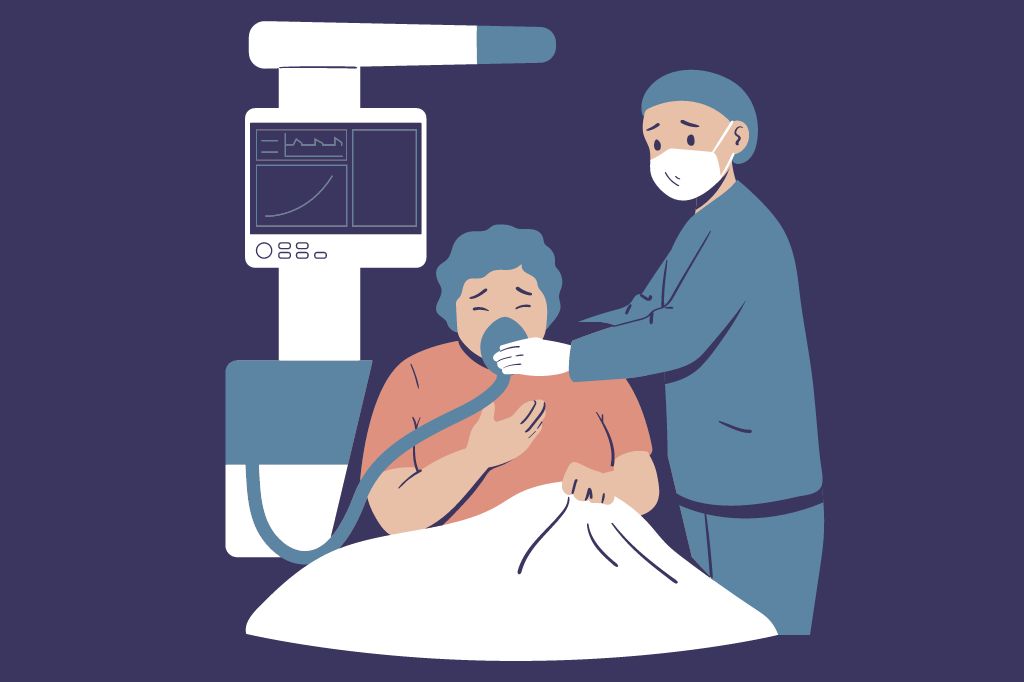Why Do I Get an Electric Shock When I Touch Someone?
Have you ever experienced a small, startling jolt when you reach out to touch another person? Almost like a tiny zap? Though harmless, these little shocks can be surprising and a bit annoying. This phenomenon is due to a quirk of physics known as static electricity.

What is static electricity?
To understand static electricity, let’s start with some basics. Everything around us (including ourselves) is made up of atoms. Atoms, those tiny building blocks of matter, contain three primary particles:
- Protons: Positively charged particles within the atom’s nucleus.
- Electrons: Negatively charged particles orbiting the nucleus.
- Neutrons: Particles in the nucleus that have no charge (neutral).
Normally, an atom has an equal number of protons and electrons, making it electrically neutral. However, electrons can sometimes be easily moved between atoms. This imbalance between positive and negative charges is what leads to static electricity.
How does static electricity build up?
Static electricity is more commonly generated through friction. When two different materials rub against each other, electrons can be transferred from one material to the other. Let’s consider these common scenarios:
- Shuffling your feet on a carpet: Your socks accumulate extra electrons from the carpet, giving you a negative charge.
- Rubbing a balloon on your hair: Electrons move from your hair to the balloon, making the balloon negatively charged and your hair positively charged.
- Sliding across a car seat: This is especially common in cold, dry weather when there’s less moisture in the air. Your body picks up extra electrons from the car seat.
With this extra charge, you essentially become a little walking power source!
What Causes the Electric Shock?
So, what causes the Zap? Here’s what happens:
- Charge Imbalance: You have built up a charge, let’s say negative, and the other person likely has a different charge level or remains neutral.
- Opposite Charges Attract: As opposites attract in the world of electric charges, when your hand gets close to the other person, those extra electrons are eager to jump off of you and balance out with the different charges of the other person.
- Zap: That sudden movement of electrons creates the ‘shock’ you feel. This electrical discharge may even generate a visible spark and create a crackling sound.
Why is static shock more common in winter?
You might find static shocks occur more frequently in cold, dry weather. This is because air with low humidity acts as a better insulator, which means it doesn’t readily conduct electricity. In a humid environment, tiny water droplets in the air help those extra electrons dissipate, preventing a large charge buildup. However, without those helpful water molecules around in drier conditions, you are more likely to accumulate enough charge to give someone a ‘shocking’ greeting.
Frequently Asked Questions
1. Is static shock dangerous? No, static shocks, while somewhat startling, are generally harmless. The voltage involved is quite low. For comparison, the static shock you experience is likely thousands of times weaker than the electricity coming from a wall socket.
2. How can I prevent static shocks? Here are some simple tips:
- Use a humidifier: Increasing the humidity in your home helps disperse static charge.
- Wear natural fibers: Fabrics like cotton are less prone to generating static than synthetics like polyester.
- Apply moisturizing lotion: Dry skin makes you a better conductor for static charge build-up.
- Touch something grounded before a person: For example, touch a metal door handle to release your potential charge harmlessly.
3. Can static electricity damage electronics? Yes, though most modern devices have safeguards, static electricity can potentially damage sensitive electronic components. It’s always a good idea to ground yourself before handling computer parts or other electronic equipment. You can do this by touching something metal and grounded.
A Small Jolt of Physics
Now, the next time you reach out for a handshake and feel that familiar little zap, you’ll know you’re just experiencing a bit of everyday physics in action!






